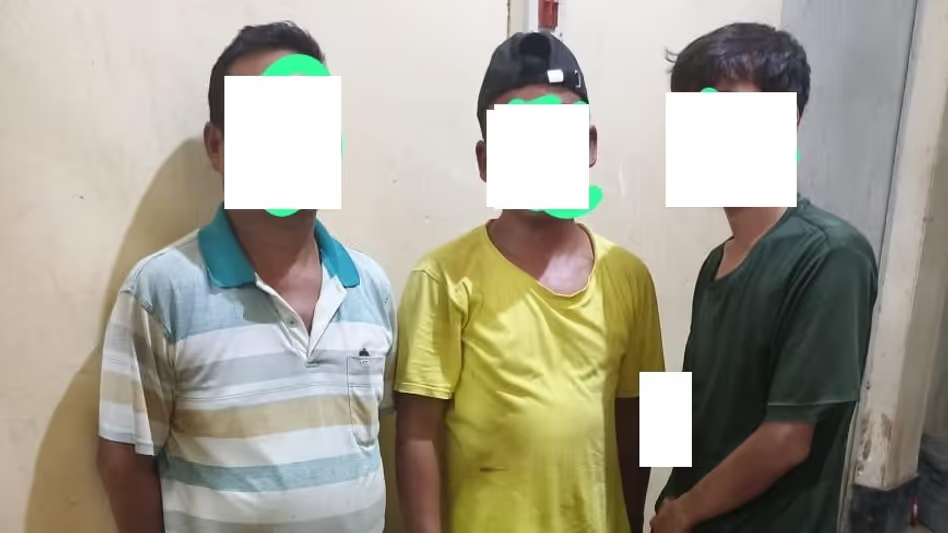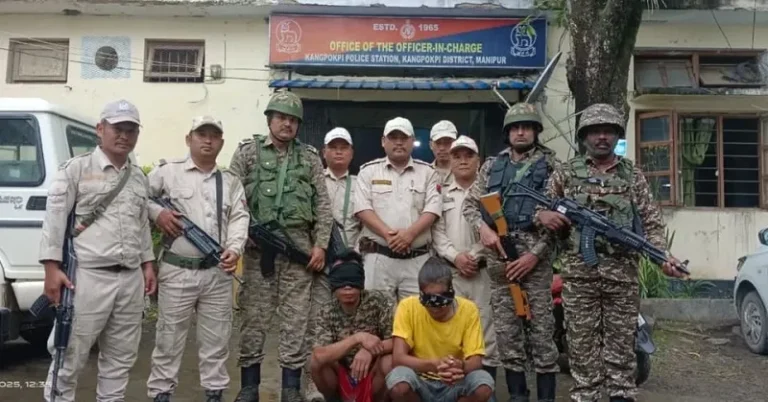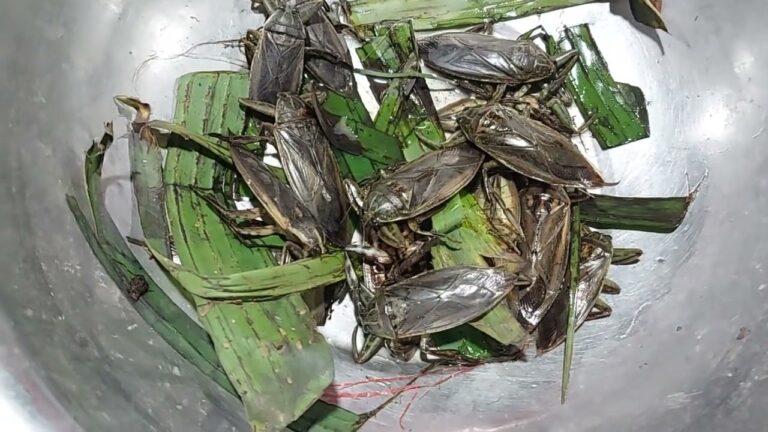Manipur: Police Bust Cattle-Smuggling Ring and Arrest Militant Cadre
Summary
On August 6, 2025, Manipur Police foiled an organized cattle-smuggling attempt at the Khudengthabi Permanent Vehicle Check Post (PVCP) in Tengnoupal district, apprehending three men—Hemminlen Haokip (26), Shuhao Haokip (59), and Henkholal Lhouvum (36)—who were transporting 13 cattle worth approximately ₹8.45 lakh in a four-wheeler with forged registration papers (MN-07C-3345). In a separate operation, security forces arrested Laihaorungbam Sanatomba Singh (47), an active cadre of the proscribed militant group SOREPA, for extortion targeting educational institutions, fuel outlets, and public offices in Imphal East; two mobile phones and an Aadhaar card were recovered. Police also removed illegal tinted films from 16 vehicles and issued a fact-check alert debunking a viral video misrepresented as recent footage outside Classic Hotel, Imphal
Introduction: A Tale of Two Crimes
Ever wondered how two seemingly unrelated crimes—cattle smuggling and militant extortion—can land headline space on the same day? Welcome to Manipur’s complex security landscape, where porous borders and ethnic tensions fuel a cocktail of organized crime and insurgency. On August 6, 2025, Manipur Police demonstrated that good intelligence and swift action can still outpace criminal schemes, bringing both livestock smugglers and a SOREPA operative to justice. But to truly appreciate the operation’s significance, let’s peel back layers: from the muddy trails of Tengnoupal to the murky underworld of extortion in Imphal.
The Operation Unveiled: Khudengthabi PVCP Sweep
Picture a routine day at Khudengthabi PVCP—a crucial checkpoint on NH-2 linking Imphal to Moreh and Myanmar. These Permanent Vehicle Check Posts are lifelines against cross-border crime, but they also slow down traders, tourists, and locals. On this occasion, trained K9 units sniffed out unusual cattle odors; forged registration documents triggered closer scrutiny; and, within minutes, officers uncovered 13 live cattle in cramped conditions. The operation’s surgical precision underscores careful planning: human intelligence from local informants, vehicle-screening tech, and diligent patrols all played a part
Meet the Smugglers: Profiles from M. Chahnou Village
Who were these men behind the wheel? All hail from M. Chahnou Village under Moreh Police Station—a border town synonymous with bustling trade and clandestine deals.
- Hemminlen Haokip (26): The alleged driver, relatively young but with rumored ties to local cartels.
- Shuhao Haokip (59): The elder, perhaps handling negotiations and finance.
- Henkholal Lhouvum (36): The logistics guy, coordinating routes and safe houses.
Their ages and roles suggest a hierarchical operation—a smuggling “family business” combining youth’s daring with elders’ experience. But despite their apparent local support, they couldn’t outmaneuver trained law enforcement.
The Seized Contraband: More Than Just Cattle
Apart from the 13 cattle valued at ₹8.45 lakh, officers impounded:
- Four-wheeler (MN-07C-3345) with forged documents
- Hand-made cages and ropes for cattle transport
- Mobile phones used for coordination
- Cash stash believed to be proceeds of prior smuggling runs
This haul highlights smuggling’s sophistication: it’s not a roadside operation but a mini-enterprise. Each cow’s transport demands veterinary clearances, travel routes free of scrutiny, and bribed checkpoints—a logistical ballet worth dissecting.
The Arrest of a Militant Cadre
Simultaneously, police conducted a swift raid at Singh’s residence in Kongpal Chingangbam Leikai, Imphal East. At 47, he was no rookie—years of running extortion rings, intimidating educational institutions, fuel stations, and government offices had allegedly made him a formidable local operator . Officers recovered:
- Two mobile phones with incriminating call records
- Aadhaar card used as a cover identity
- Extortion notes detailing targets and amounts
Caught at home, Singh had little room to escape. His arrest sends a clear message: militant cadres hiding behind civilian facades will be exposed.
The Bigger Security Picture
These twin busts aren’t isolated—they reflect a broader security surge in Manipur. From cattle smugglers to militants, authorities face a multi-headed hydra of threats. Fuelled by porous borders, local grievances, and lucrative black markets, crime and insurgency feed off each other. Smuggled arms can equip militants; extortion funds sustain smuggling networks. Breaking one link—like intercepting cattle—can ripple across criminal ecosystems, weakening funding channels and morale.
Role of PVCPs and Checkpoints
Permanent Vehicle Check Posts (PVCPs) like Khudengthabi are frontline defenses. But they also disrupt legitimate movement, breeding frustration among locals. Balancing security with convenience demands smart solutions:
- Intelligence-driven checkpoints: Target suspicious vehicles rather than random stops.
- Community liaison officers: Building trust so villagers report illicit activities.
- Technology integration: Mobile X-ray scanners, automated license-plate recognition.
When checkpoints operate on actionable tips rather than rote procedures, they shift from being roadblocks to guardians—securing borders without stifling daily life.
Community Impact and Economic Stakes
Cattle aren’t just commodities; they’re livelihoods. For small farmers in border villages, a single heifer can represent months of savings. Smuggling emerges when legal channels collapse—lack of markets, low farmgate prices, or red tape. Law-abiding villagers want fair trade: veterinary checks, transparent auction houses, and cooperative marketing. Without these, desperation fuels smuggling rings. Tackling root causes—poor infrastructure, limited market access—can starve black markets of recruits.
FAQs
1. Why is cattle smuggling so prevalent in Manipur?
Cattle smuggling thrives due to legal restrictions on slaughter in bordering states, lucrative cross-border markets (including Myanmar and Bangladesh), and limited legal outlets near India’s northeastern frontiers
2. What role do PVCPs play in curbing smuggling?
Permanent Vehicle Check Posts (PVCPs) like Khudengthabi serve as fixed security nodes on major highways, leveraging vehicle inspections, canine units, and document verification to interdict illicit trade.
3. Who are the primary targets of SOREPA’s extortion tactics?
SOREPA cadres, like the arrested Sanatomba Singh, typically extort educational institutions, fuel outlets, government offices, commercial establishments, and civilians in Imphal Valley to fund insurgency activities
4. How can communities help prevent such crimes?
Local residents can form vigilance committees, report suspicious movements, utilize anonymous tip lines, and cooperate with police outreach programs to strengthen grassroots surveillance.
5. What legal actions follow after cattle smuggling arrests?
Seized animals undergo veterinary inspection; owners face charges under anti-smuggling and IPC provisions for forgery (Sections 467, 468) and cruelty to animals, with trials ideally in fast-track courts for swift justice.






